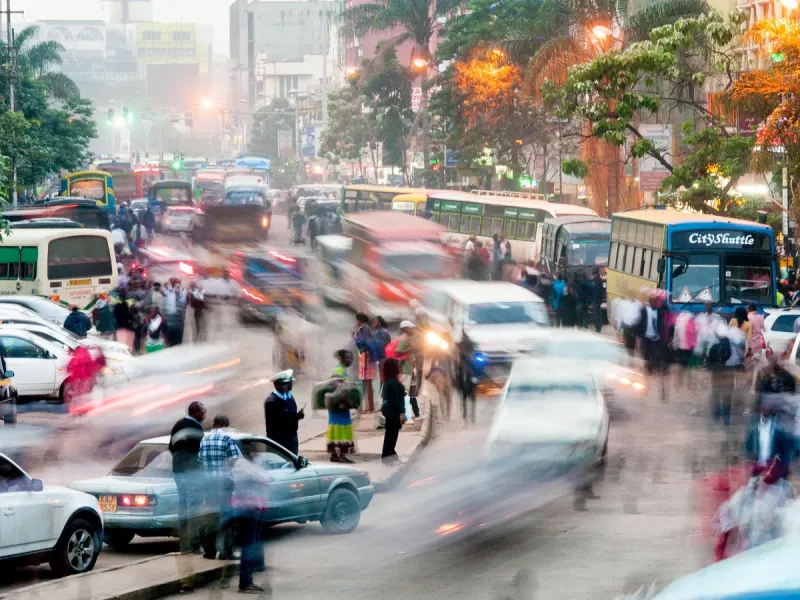Globalization used to be a guarantor of economic growth. No longer, and the losers are poorer nations. They have restricted access to global markets and are largely excluded from beneficial labor migration. Unfettered access to the world’s economic markets should boost prosperity and foster peaceful international coexistence - in theory. But which countries take advantage of the opportunities presented by global competition? And which countries avoid it, preferring to protect their economies at the expense of the poor? And why does free global trade preach the unrestricted movement of goods, while setting limits on labor migration?

Related article - Meta Quest 2 — Advanced All-In-One Virtual Reality Headset — 128 GB


With these questions and contradictions in mind, we travel through the US, Peru, Senegal and Europe. An agreement with China means the former steel producing center Duisburg is eyeing a renaissance. America, on the other hand, blames China and globalization for its declining steel industry. Billions of US dollars are invested in domestic industries and agriculture as part of the country’s "America First” policy stance. This has a detrimental effect on poorer nations. For example Peru, a nation left behind by globalization that’s making little progress in the fight against poverty. When it comes to worldwide migration, there are clear winners and losers. Spain’s farming sector is starved of workers, while the EU resists immigration. In countries like Senegal, where illegal fishing and the appropriation of farmland by international concerns has left people destitute, migrants are leaving in search of a better life. One of the chief beneficiaries of globalization is China, whose migrant workers represent the confidence and strategy of their powerful homeland. "Globalization in Crisis" is a two-part documentary telling the stories of those who benefit - and those who suffer - as a result of globalization.



